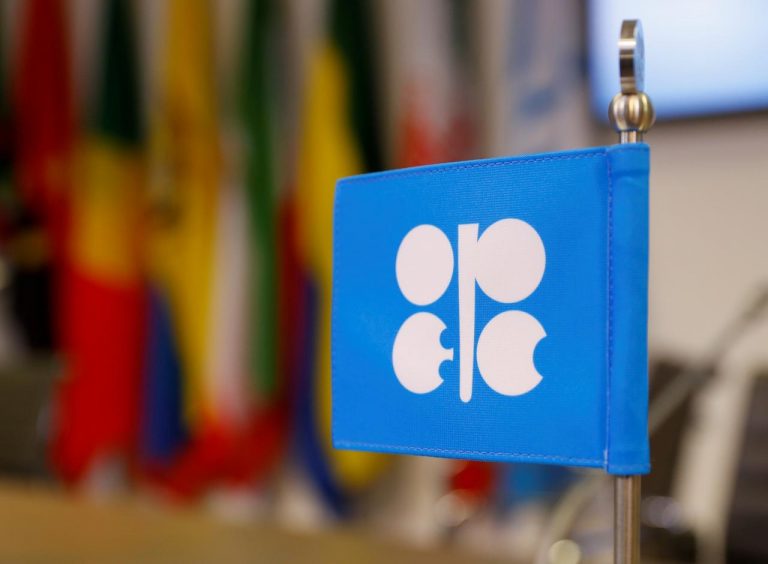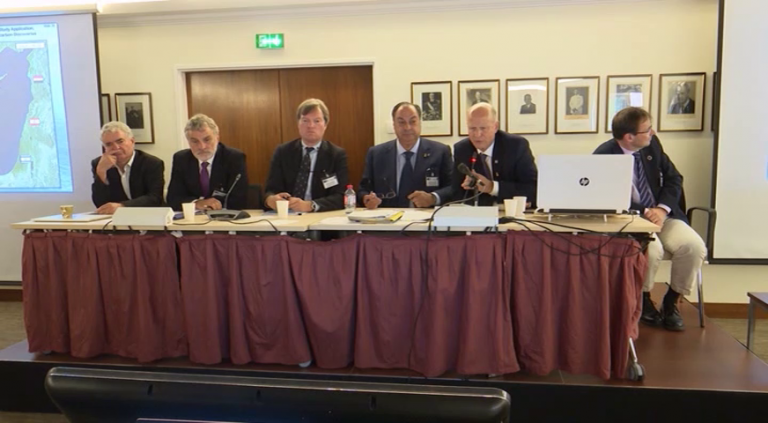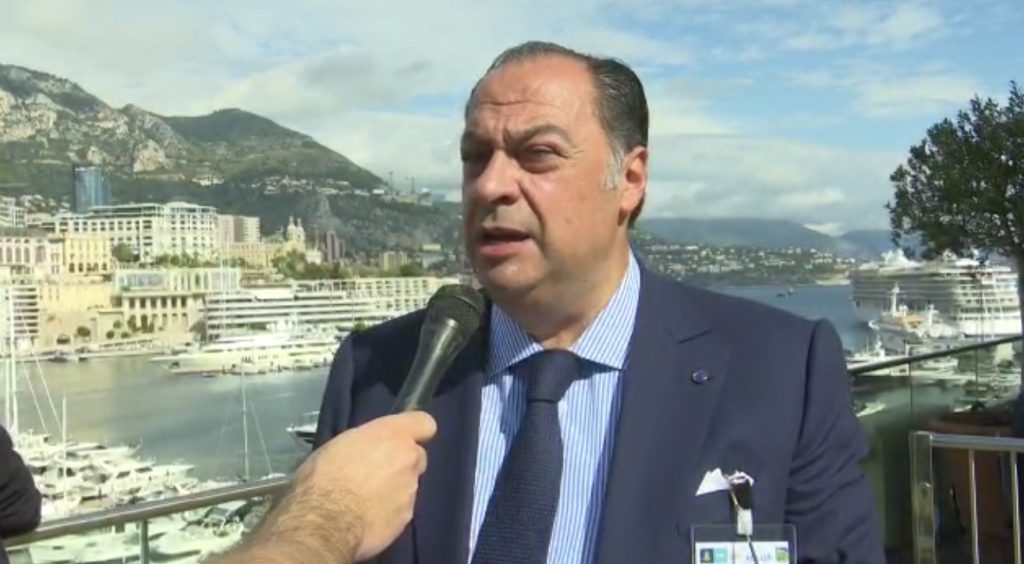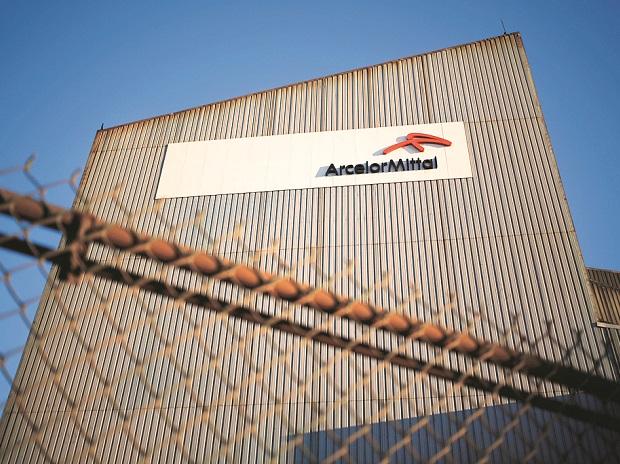Will Judges Have the Last Word on Climate Change?

In the fight against climate change, one tool is proving increasingly popular: litigation. From the U.S. to India, activists, governments and concerned citizens are suing at a breakneck pace. Supporters want the courts to force oil companies, energy users and governments to pay for past harms and avert future threats. Opponents say climate change policy is a matter for national governments and international treaties, not a handful of judges.
1. Why turn to the courts?
Activists and environmentally minded lawyers are seeking new ways to use the law to slow global warming and assign responsibility for the resulting economic damages. They’ve been given new urgency by President Donald Trump’s decision to remove the U.S. from the 2015 Paris climate agreement. Some believe courts are uniquely suited to impose controls where legislatures and government agencies have failed. U.S. states and cities seeking redress in the courts say it is the only avenue open to them as the federal government has spent the past three years trying to undo climate regulations put in place by President Barack Obama.
2. Who are the defendants?
In the U.S., it’s mostly the big oil companies, but energy producers and state and federal agencies have also been sued. Governments are the targets in much of the rest of the world, including Canada, Pakistan, India and Uganda. In Europe, local and national governments have been sued because their clean-air plans fail to meet minimum European Union requirements. These include emissions caps that target older, less efficient diesel cars that are more harmful to the environment.
3. What’s the argument?
Some claim the oil and gas industry created a “public nuisance” — an illegal threat to community welfare. Others target their products as unreasonably dangerous to the planet’s health. In the U.S., state officials have claimed that the oil corporations knew about the dangers of climate change for decades and schemed to hide the information. Many cases are based on the claim that the health of the environment is a public trust, held by the government for the benefit of future generations.
4. So it’s about human rights?
Yes, human-rights arguments are a small but growing approach. Plaintiffs make the case that climate change has threatened or taken away the basic rights to shelter, health, food, water and even life. Arguments range from Colombian children’s claims that the deforestation of the Amazon deprives them of a healthy environment, to the assertion of hundreds of elderly Swiss women that their country has not done enough to protect them from rising global temperatures.
5. How have governments responded?
They argue that judges should not be setting government policies. And they often say that the social and economic benefits from pollution sources outweigh the environmental concerns. That was the case South Africa made when it was challenged for building a coal-fired power station, since 16 percent of the population still has no access to electricity.
6. What about energy companies?
They point to the vast economic benefits created by their products. And they say that individuals, industries and governments willingly contributed to climate change through their use of fossil fuels. They deny seeking to mislead consumers about global warming and accuse plaintiffs’ lawyers of demonizing them in search of a big bonanza.
7. How have the cases fared?
Environmentalists have won major cases against the Netherlands, Colombia and South Africa. And pending suits have changed behaviors. Germans, for example, are avoiding buying diesel cars since more of them are getting banned from cities that fail to meet standards for particulate matter and nitrogen oxides.
8. How have lawsuits fared in the U.S.?
Initially badly. A federal judge threw out a suit by New York City against five of the world’s biggest oil companies in 2018. (An appeals court is considering the city’s arguments to reinstate the case.) But the Trump administration, like its predecessor, has so far been unsuccessful in derailing a suit brought by youths who claim the government’s role in causing climate change is a violation of their Constitutional rights. A federal appeals court in San Francisco is considering whether the case can go forward to trial. There are more than a dozen “public nuisance” lawsuits seeking to hold energy companies responsible for billions of taxpayer dollars spent on acclimating to a warming world, or picking up the pieces following unprecedented hurricanes, floods and wildfires. Exxon Mobil Corp. is being sued in New York City (the trial is over and a judge is considering the case) and Massachusetts for allegedly hiding its early knowledge of climate change from the public and misleading investors about the future financial impact of global warming.
9. Why do environmentalists keep trying?
They’re seeking their tobacco moment. Anti-smoking activists and the families of cancer-stricken smokers lost claims against Big Tobacco for decades in the U.S. before the 1990s. A group of state attorneys general turned the tide by teaming up with top private lawyers to take on the industry in state courts. The victory resulted in settlements totaling $246 billion and permanent changes in the sale and marketing of cigarettes. It’s a model that climate change activists would love to duplicate.








